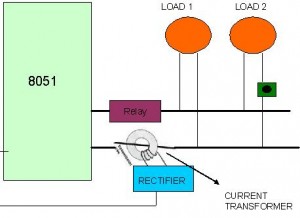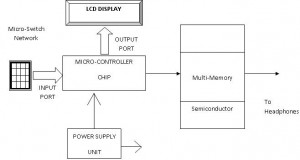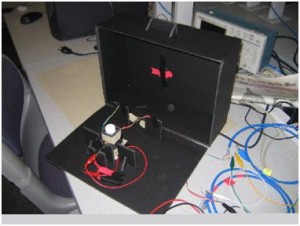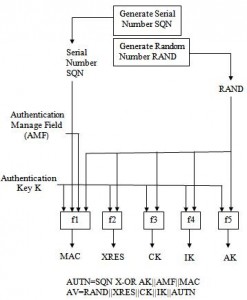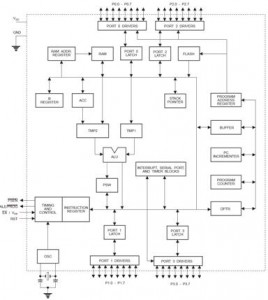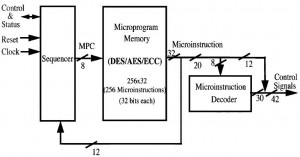Though technological advancements are progressing at a fast rate, care must be taken to ascertain the negative effects on the environment and hazardous effects on the surroundings. The following project “Final Year Projects on Electonics Wastages A Poisonous Soup Of 21 Century” classifies electronic wastages and its impacts, future impacts on the environment and how to limit the problems.
 Electronic waste also known as E-waste comprises of discarded computers, metallic elements and lead based products like used batteries, glass, TV etc. These wastes are toxic in nature and bio-accumulative too. They can retard brain development and affect the nervous system adversely. People senselessly dump these toxic wastes directly in the environment without thinking about its consequences.
Electronic waste also known as E-waste comprises of discarded computers, metallic elements and lead based products like used batteries, glass, TV etc. These wastes are toxic in nature and bio-accumulative too. They can retard brain development and affect the nervous system adversely. People senselessly dump these toxic wastes directly in the environment without thinking about its consequences.
Final Year Projects on Electonics Wastages A Poisonous Soup Of 21 Century project aims at highlighting the need to minimize e-waste generation. As technology keeps progressing, electronic wastes will continue being generated. Hence one needs to limit the generation and devise control measures to keep it under check. This can be applied by Take back campaign which extends it to EPR where in the consumer returns the used electronic goods back to the producer for reuse/recycle.
Another method which can be deployed is using lead free devices. Currently research is going on to produce lead replacements. Besides this awreness should be made at every step and young students should be targeted. Awareness promotes education about e-wastes which in turn helps in reduction of E-wastes.
Conclusion:
The project explained here is an eye-opener and helps us to realize the potential harm electronic wastes possess. The most appropriate and economic solution is to spread awareness and is highly needed. Thus we all need to concentrate in promoting awareness about e-waste. We all need to realize that it is our duty to protect the environment.
Download Final Year Projects on Electonics Wastages A Poisonous Soup Of 21 Century.

